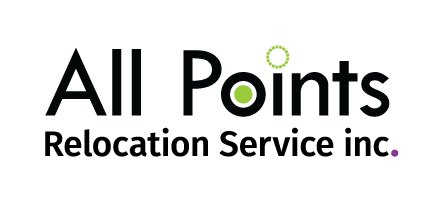Introduction:
Relocation policies are a critical component of any corporation’s talent management strategy. To ensure competitiveness, attract top talent, and streamline the relocation process, companies often turn to benchmarking as a valuable tool. In this article, we will explore the pros and cons of benchmarking corporate relocation policies, shedding light on both the benefits and potential drawbacks of this practice.
Pros of Benchmarking Relocation Policies:
Identify Cost Savings and Enhancements:
Reviewing how other companies design corporate relocation programs can point out areas where a company can achieve cost savings. Taking time to review policies can help highlight parts of the company’s relocation benefits that can be enhanced.
Ensure Industry Competitiveness:
For companies to attract and retain the best talent in their industry, their relocation policies must offer employees a competitive edge compared to their peers. A relocation benchmark will show how industry competitors design their mobility benefits. A company can adjust policies to maintain an advantage and can be used as leverage in the offer phase.
Learn About New, Innovative Ideas:
Companies and industries evolve to respond to the dynamic workforce, regulatory environment changes, and increasing employee expectations. When major changes are happening, your mobility solutions and relocation policies should address those changes.
Educate Internal Stakeholders:
Most successful companies recognize that several departments and functions interact with their employee’s relocation process. Internal stakeholders from diverse areas such as legal, finance, and human resources can learn how the transferee interacts with each department, what their needs are, and what the best practices are related to each function. Involving internal stakeholders in the policy benchmarking process assures the stakeholders understanding of policy guidelines and knowledge of how the company’s policies stack up against others in the same industry.
Cons of Benchmarking Relocation Policies:
Risk of Conformity and Missed Innovation:
While benchmarking can provide valuable insights into industry standards and practices, it also carries the risk of promoting conformity. By emulating what competitors or peers are doing, a company may overlook innovative approaches that could set them apart in the market. Relying solely on benchmarking data may hinder a company’s ability to think outside the box and tailor relocation policies to its unique needs and employee preferences.
Potential for Data Lag and Irrelevance:
The world is constantly evolving, and so are the needs and expectations of employees. Benchmarking relocation policies every 12 to 18 months may not keep pace with rapidly changing trends and technologies (how fresh is that peer’s data? Is that company currently changing their practice?). This can lead to the adoption of outdated practices or policies that no longer resonate with the current workforce. It’s essential to strike a balance between benchmarking and continuously assessing the relevance of policies in the context of the ever-shifting corporate landscape.
Risk of Neglecting Individual Needs and Satisfaction:
Copying or imitating others without taking into account your own unique drivers for relocation, satisfaction with current relocation practices, etc., can be a risky endeavor. Benchmarking may lead companies to adopt policies that do not align with the specific needs and preferences of their employees. By focusing too much on industry standards, a company might disregard the individual requirements of its workforce, potentially leading to dissatisfaction and decreased morale among employees. A one-size-fits-all approach, driven solely by benchmarking data, may not consider the diverse backgrounds, family situations, and personal preferences of the employees being relocated, resulting in a less effective and less employee-centric relocation program.
Conclusion:
Benchmarking corporate relocation policies is a valuable practice that can offer numerous benefits, from cost savings to enhanced competitiveness. However, it’s crucial to be mindful of the potential drawbacks, such as the risk of conformity and the possibility of outdated data. To strike the right balance, companies should use benchmarking as a tool for informed decision-making while remaining open to innovation and ongoing policy evaluation. By doing so, they can create relocation policies that not only align with industry standards but also cater to the unique needs of their employees and organization.
Stay tuned for our future article on conducting SWOT analyses.

